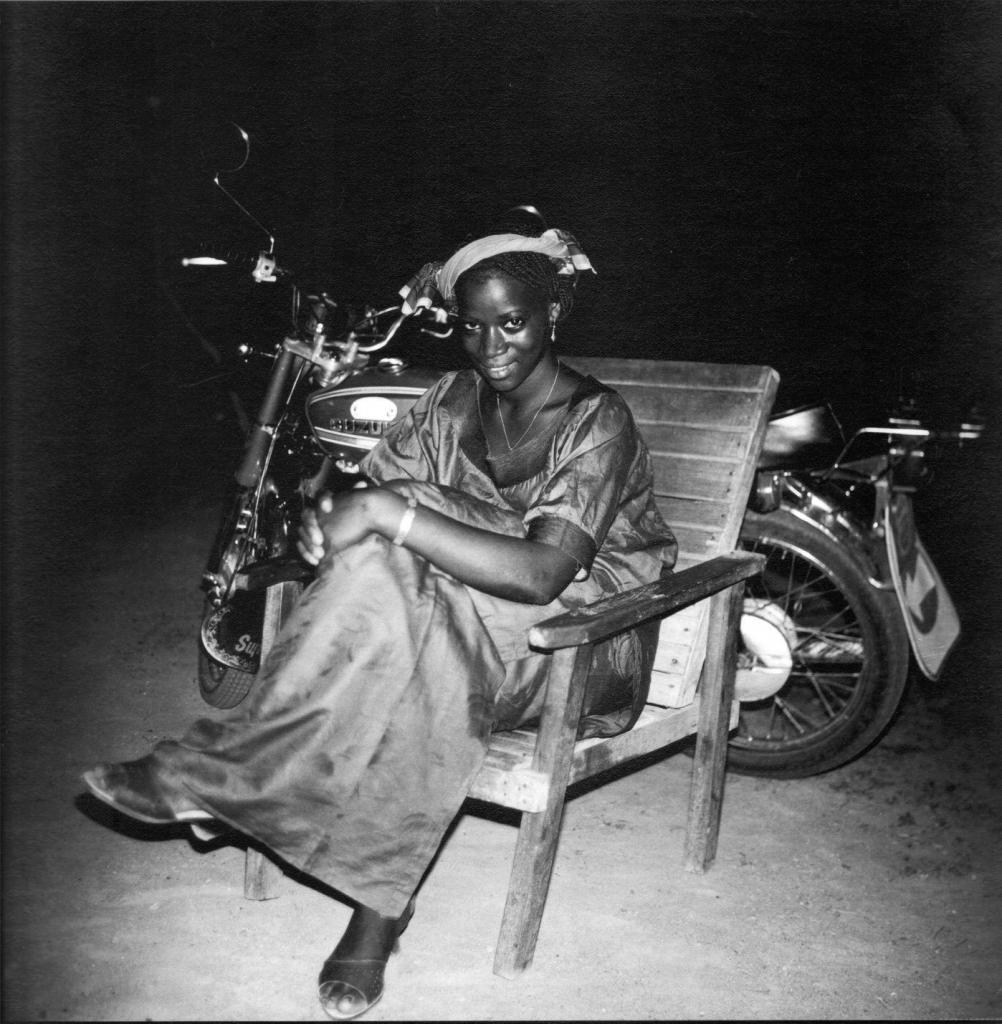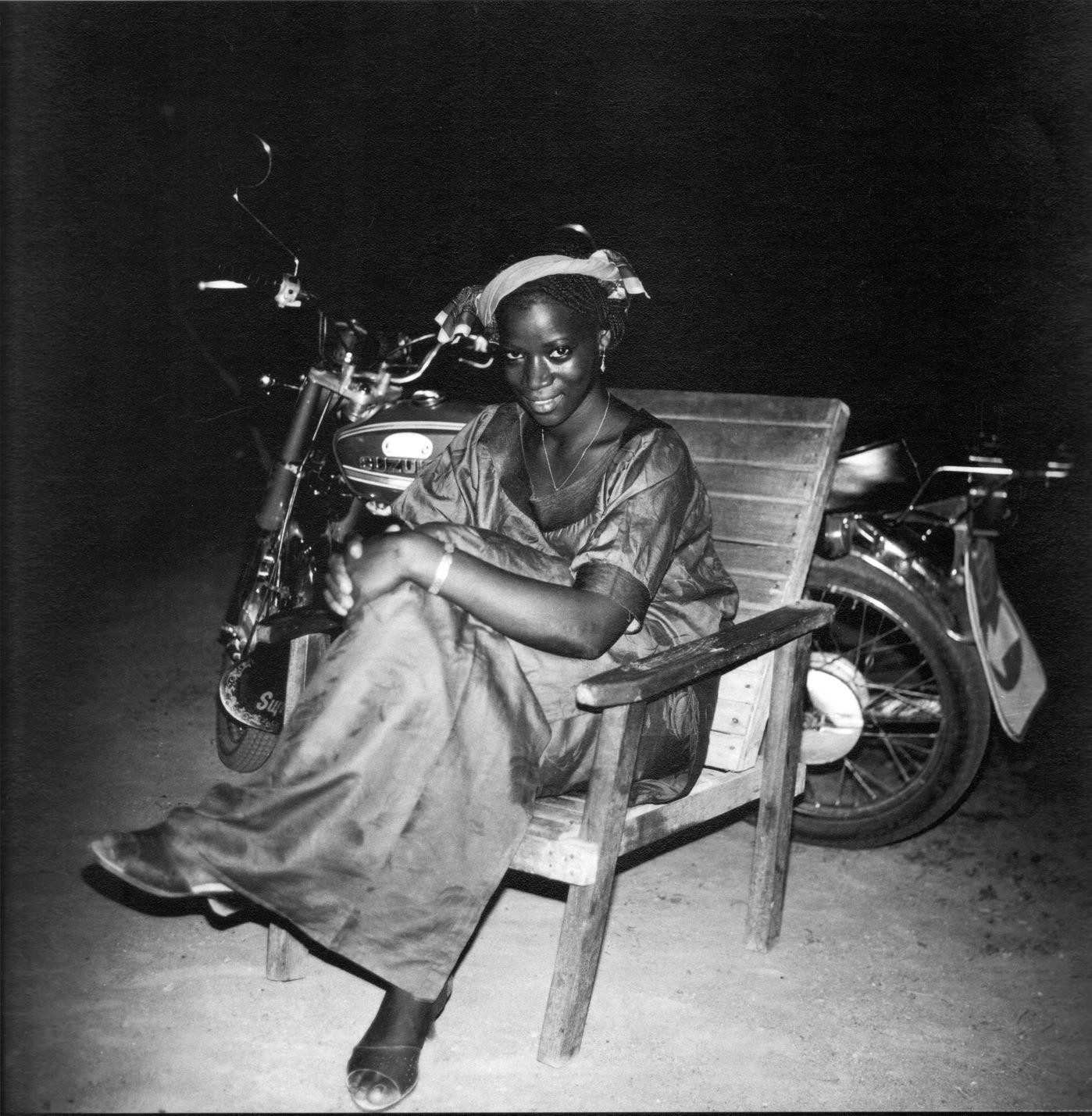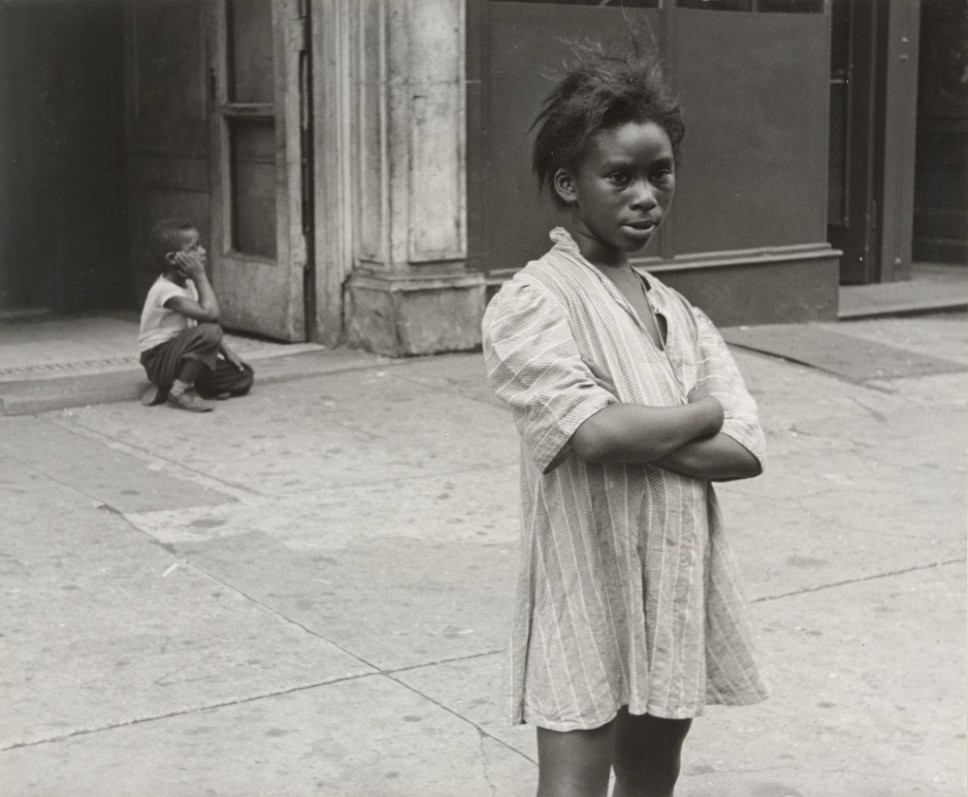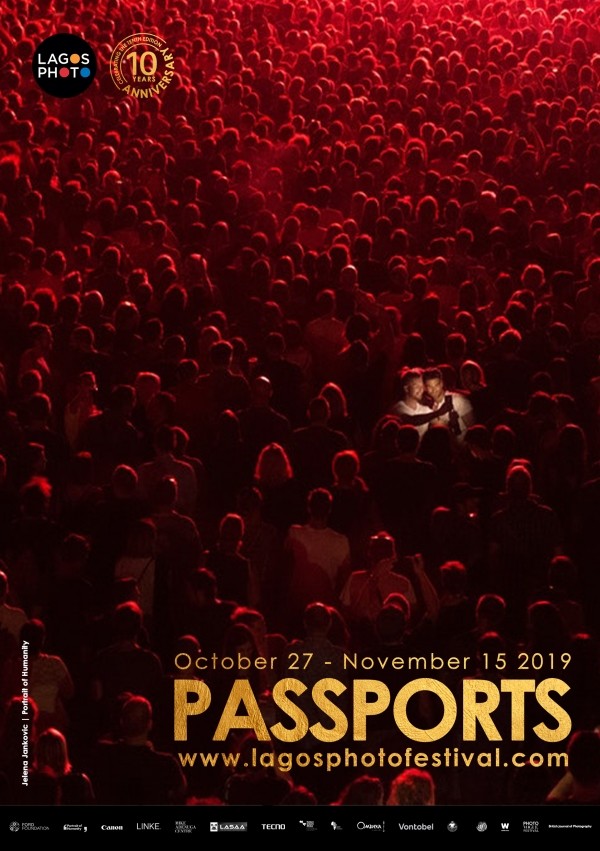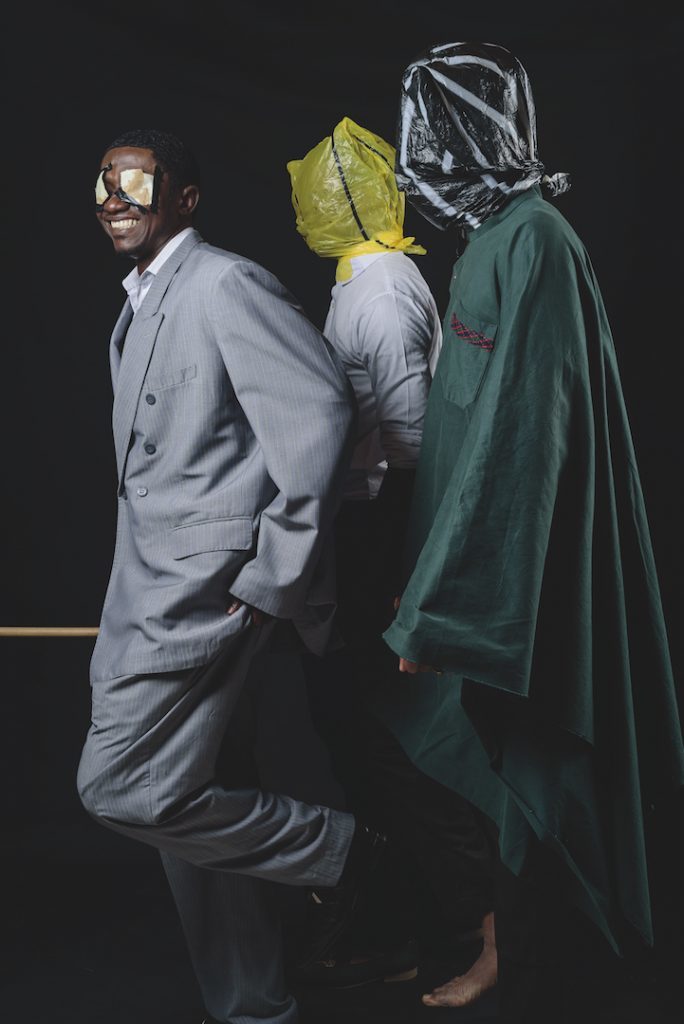“Le Bal de Bamako” at the Fondation Blachère
11/05/2020 - 26/09/2020“Le Bal de Bamako” is a tribute to the fathers of photography in French-speaking Africa and to the youth of the 1960s, the twist years.
An ode to the pioneers of African photography
These photographers are above all portraitists, but drawn into a joyful movement of liberation, they have left their studios and travelled around the city reporting on the atmosphere of the nightlife. Since the 1950s, Jean Depara has criss-crossed the streets of Kinshasa, from bars to dance halls, to the sound of rumba, an Afro-Cuban dance. From 1961 onwards, Malick Sidibé followed the youth in the Bamako surboums to capture the twist, a dance that came from the United States via Paris. And it is no coincidence that in 2017, two posthumous exhibitions in Paris and Arles were called “Mali twist” and “Swinging Bamako”.
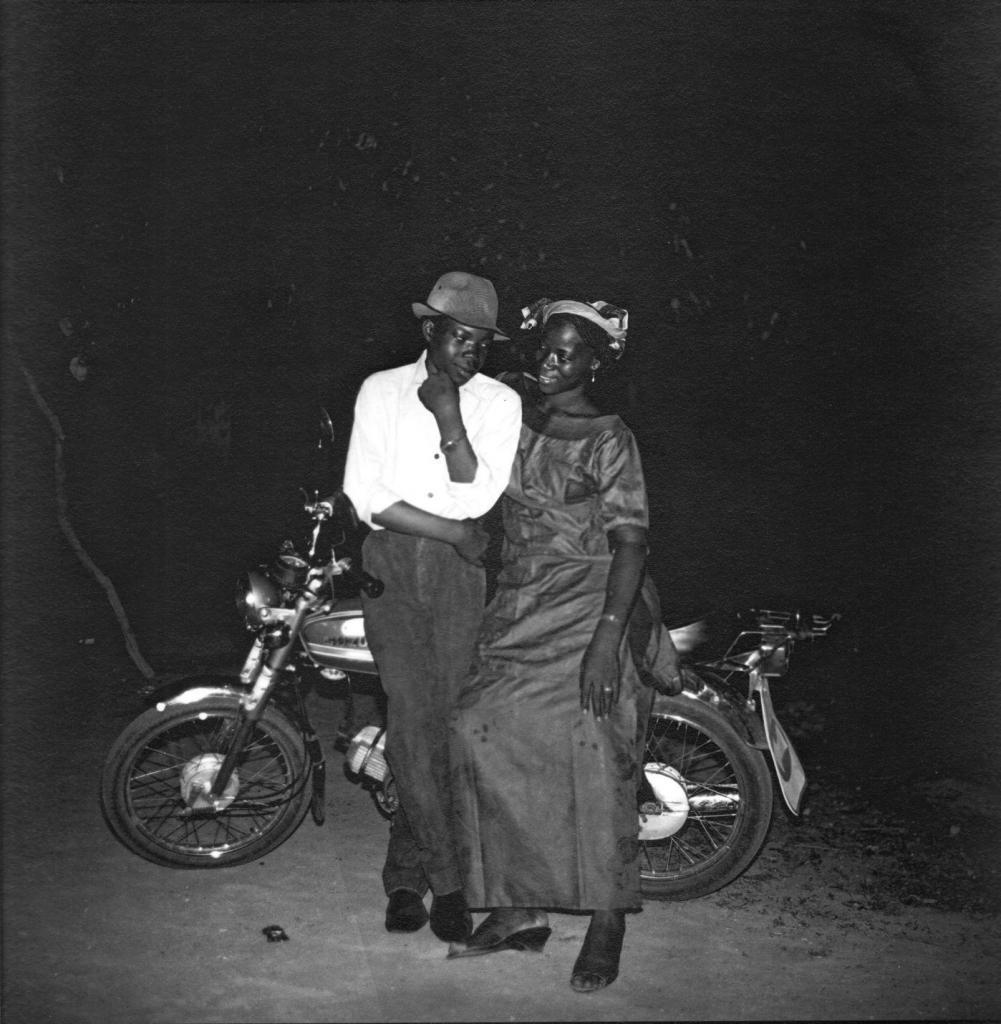
A photography capturing a liberated youth
The vogue for twist in Bamako can be seen as a surprise in a city that has been celebrating its Independence for a year now and which, by mimicry with the West, is indulging in a music whose musical structure breaks with African music and with jazz. This mimicry can be seen in the attitudes and costumes: men quickly adopt the European habit, followed a little later by women. The décor uses imported objects, from Solex to the Beetle. In his studio, Seydou Keita has European props: scooters, watches, pens.
In a context of political independence that can only be achieved with economic and cultural aspects, one can be surprised by this pro-Western fashion as students from Berkeley and the Latin Quarter look towards Che Guevara, Mao or Martin Luther King. It must be said that there is a double context: the African independence which frees youth from the Western colonial yoke, and at the same time, in this Western world, a phenomenon of liberation of youth which asserts itself as a socio-cultural category in its own right, which, nourished by the thought of Marcuse and the pill, exults in May 68. A movement of such great magnitude that plays with borders like… the twist!
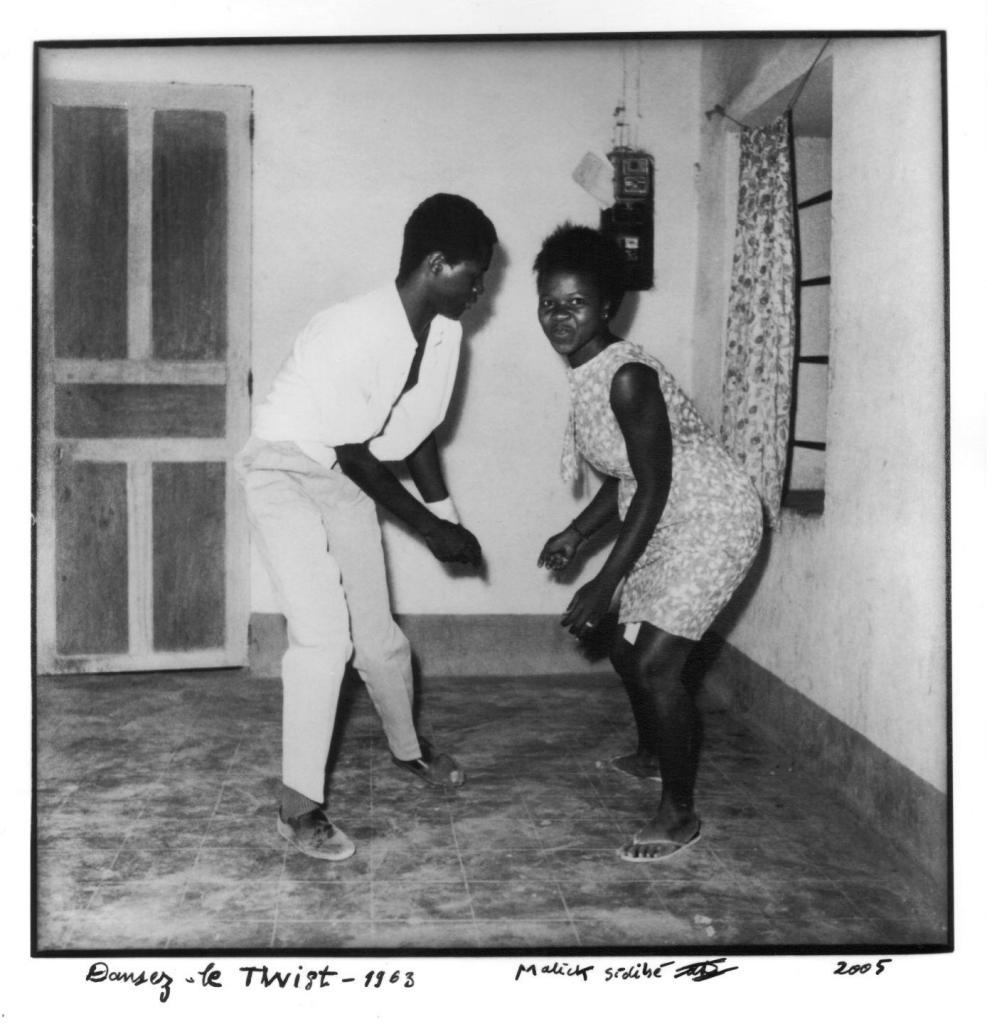
These photographers assert themselves as artists by vocation, by public favour and by necessity. The use of argentic photograph, by economy, imposes them a single shot, often in daylight. It is therefore necessary to work on the framing, the light, the pose wherever you are, but with an arranged setting. By training, by instinct or by necessity, the portrait always imposes itself. The face turned a little to one side, the position of the hands and above all the gaze that must reveal the “image” . Seydou Keita explains that : the photographer is “a man-eater because he takes away his “dyaa” or his “double self”. Through these faces and attitudes, can we capture with these portraitists, at this time, the soul of this African youth doubly liberated by making the distinction between appearance and reality.
Presentation of some of the artists showcased
Among others, Philippe KOUDJINA AYI and Mory BAMBA will be presented. Philippe KOUDJINA AYI was born around 1940 in Togo, died in 2014 in Niamey (Niger). For 40 years, since the 1960s of Independence, Philippe Koudjina has been criss-crossing the capital of Niger from bars to nightclubs with his 6×6 camera to leave us today with the memory of this time of freedom and joy. He frequents the nightclubs of young Nigeriens who gather to have fun and dance to the sounds of Zairian rumba and trendy Western hits as well as the French military and parachute circles based in the country.
Mory BAMBA was born in 1949 in Sikasso, Mali, lives and works in Kadiolo. After being trained by his father, who was the first to open a modern studio in Sikasso after independence, Mory Bamba travels by moped through the villages around his home in 1968 to create portraits and relate the daily life of the inhabitants of the villages of Mali. He evokes the ethnic mix, cultural diversity and the cohesion of society.
